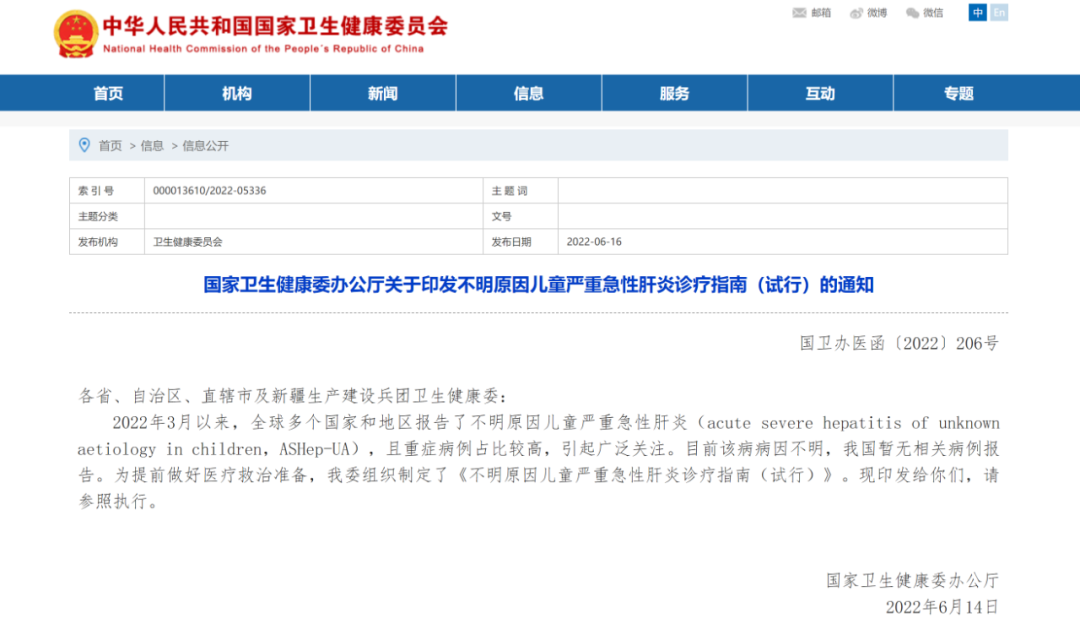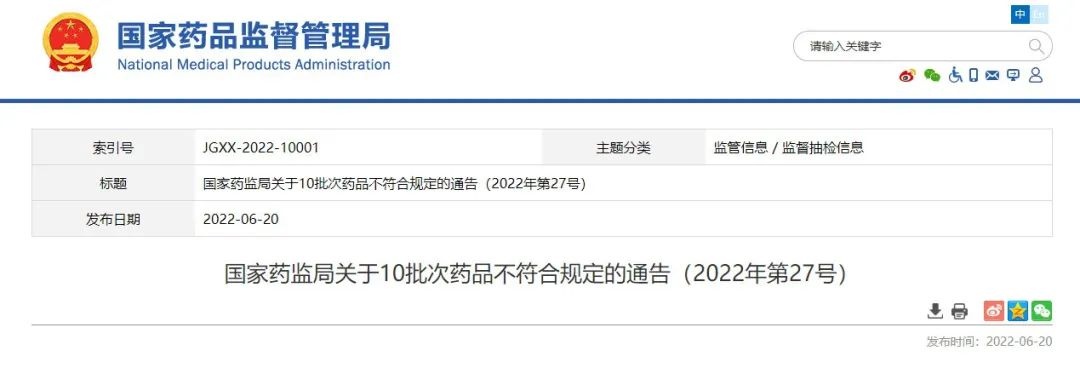How to deal with unknown causes of hepatitis?Authoritative response is here
Author:Chongqing Daily Time:2022.06.16
Since March 2022, many countries and regions around the world have reported the severe acute hepatitis in children with unknown reasons, and severe cases have been relatively high, which has attracted widespread attention.
On May 27, WHO announced that 33 countries reported 650 suspected cases, at least 38 cases needed liver transplantation, and 9 deaths were killed.
On June 16, the National Health and Health Commission issued the "Notice of the General Office of the National Health and Health Commission on the Printing and Distribution of the Lessage of Acute Hepatitis Diagnosis and Treatment (Trial)" and pointed out that the cause of the disease is unknown, and there are no relevant cases in my country. Report. In order to prepare for medical treatment in advance, the Commission organized the "Guidelines for the Diagnosis and Treatment of Children's Severe Acute Hepatitis (Trial)".

1. Is the severe acute hepatitis infectious disease in the unknown cause?
Answer: No existing evidence has obvious epidemiological correlation between various cases, and it does not support it as a contagious disease. The cause and pathogenesis of serious acute hepatitis in children are still studying.
2. Is it related to the side effects of the new crown virus vaccine?
Answer: At present, the WHO believes that although the hypothesis of adenovirus infection as the cause of the cause has certain rationality, adenovirus usually causes a mild and self -limited digestive tract or respiratory infection of young children. The clinical manifestation of the disease is further clarified by the correlation between the disease and the adenovirus.
WHO pointed out that most children have not been vaccinated with new coronal virus vaccines and do not support hypothesis related to the side effects of the new coronal virus vaccine. Other pathogenic factors are still exploring. For example, during the popularity of new coronary pneumonia, the level of adenovirus is low, which increases children's susceptibility; new adenovirus occurs; adenovirus combined with new coronal virus infection; new coronal virus infection complications lead to super antigen media media Immune cells activated, which causes children's multi -system inflammatory syndrome. The exploration of other pathogens is also underway, and non -infectious factors also need to be eliminated.
3. What symptoms will cause?
Answer: The disease is an acute onset, which is mostly manifested as fatigue and poor, nausea, vomiting, diarrhea, abdominal pain and other digestive tract symptoms. Be white, liver enlargement, fever and respiratory symptoms, and individual may have spleen enlargement. A small number of cases can progress in a short period of time to acute liver failure, and jaundice has performed aggravation and hepatic encephalopathy.
4. What are the recommended checks?
Answer: The abdominal ultrasound examination can be used to evaluate the liver size, contour, hardness, liver substantial echo, gallbladder and ascites, etc., and can also be used as evaluation methods before liver transplantation. Whether you do abdominal magnetic resonance imaging can be selected as appropriate according to the situation of the child.
Laboratory examinations can be performed according to the needs of the condition to assist in clarifying the cause and judgment of the condition. For example, blood routine and mesh weaving red blood cells, C -reactive protein, calcium calcium original and urine, routine such as urine, and routine; biochemical examinations such as liver function, blood glucose; coagulation function test and pathogenic examination.
5. What is the diagnostic standard for acute liver failure?
Answer: Cases of suspected cases or epidemiological associations meet the following three criteria:
The liver disease of acute attacks has no evidence of chronic liver disease;
Evidence of biochemical evidence of severe liver injury;
Vitamin K cannot be corrected by abnormal coagulation, and meets one of the following two: (1) Coagulature time (PT) ≥15s or international standard ratio (INR) ≥1.5, accompanied by hepatic encephalopathy; (2) PT ≥20S or or INR ≥ 2, accompanied by hepatic brain disease.
6. How to treat it?
Answer: Comprehensive treatment of symptomatic and supporting treatment should be taken. We must closely observe changes in the condition, evaluate the mental state, monitor the laboratory indicators, and prevent complications. Patients with liver failure should be referred to hospitals with ability to treat.
7. What kind of prevention and control can be taken?
Answer: You should strengthen your hand hygiene and pay attention to wearing masks and diet hygiene. In clinical work, medical personnel need to take standard prevention measures. Once a suspected case is found, it should be reported in time as required.
Source: Guangming Daily
- END -
Opportunity for winter diseases | The appointment for the third house of the Second Hospital of Harbin City has begun!

The summer solstice has passed, and Sanfu Tian is about to attack again. Sanfu Tia...
Emergency recall!These common medications are not qualified, quickly check for self -check →

According to the website of the State Drug Administration on the 20th, after the i...